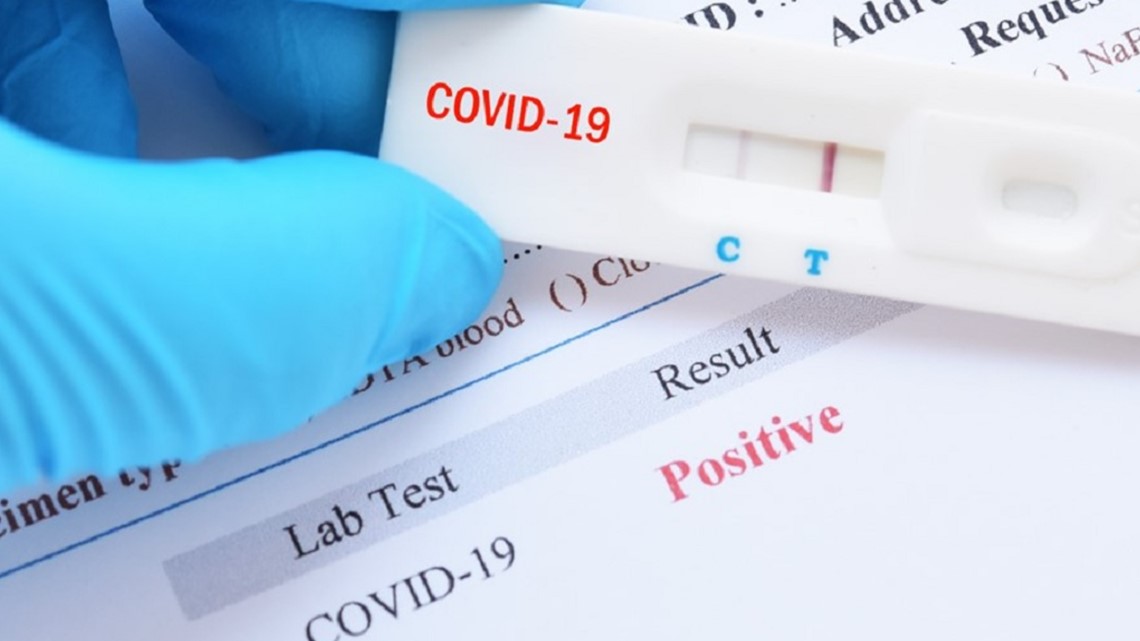
Home tests will now be manufactured in the tens of millions, say their makers, but some experts aren’t sure how much they will matter at this point. But the number of daily tests in the US has never much exceeded 2 million, according to the Covid Tracking Project, and most of those were done in labs or on special instruments. Still relevant?Īs the covid-19 pandemic spread around the globe last year, economists and scientists called for massive expansion of testing and contact tracing in the US, to find and isolate infected people. If used at scale to screen for covid, they could send millions of anxious people in search of lab tests and medical care they don’t need. Related StoryĪs a result, I don’t think home tests are as useful as some have hoped. This lower background rate means if home tests were used by everyone in the country tomorrow, there could be five to 15 wrong positives for every right one. Now consider this same phenomenon-a higher chance of false positives than of real ones-applying to a large group, or even a whole country. The way I was using the test, any positive result was nearly certain to be wrong. What this meant is that my chance of a correct positive when I took the test was also essentially zero, while my false positive chance remained 2% like everyone else’s. The second source of trouble I didn’t anticipate is what is known as “pretest probability.” As I said, I don’t socialize, so my probability of actually having covid in first place was very low, maybe even zero. By the time my review of the home tests was complete, I’d tested five times in two days, accumulating 1 in 10 odds of being told I had covid when I didn’t (a 2% chance of a false positive each time, multiplied by five tests). The first way is through repeat testing, the kind I did. What I didn’t realize-and what your everyday CVS shopper won’t either-is that there are two ways that less-than-perfect specificity can get amplified into a bigger problem. For the home tests I tried, that figure is about 98%, with a corresponding 2% rate of false positives. The tricky part of unrestricted testing, I learned, comes instead from the concept of “specificity,” or the rate at which a test correctly identifies negatives. But if the alternative is no test at all, then none of those infections would be caught. That is, they catch about nine of every 10 infections, a metric called the test’s “sensitivity.” Some people have said that any missed cases are a worry, since a person with a false negative could go out and infect someone else. The issue with home tests is accuracy, which is between 85% and 95% for detecting covid. Follow FDA and manufacturer's instructions, including the number of times you may need to test.įor more information about testing, visit COVID-19 Testing: What you need to know. At-home tests are antigen tests that can be taken anywhere without going to a specific testing site.
#BEST COVID RAPID TEST SERIAL#
A negative antigen test should be repeated at least 48 hours apart (known as serial testing) to best detect infection.Īt-home rapid tests are antigen tests that can be bought at pharmacies and retail outlets, or you can contact your local health department to find out where to receive a free test kit in your area while supplies last. A single negative antigen test result does not rule out infection. Antigen tests are rapid tests that produce results in 15-30 minutes.

Therefore, you should not use a PCR test if you have tested positive in the last 90 days.

These tests detect viral genetic material, which may stay in your body for up to 90 days after you test positive. They are typically the most reliable tests for people with or without symptoms. Two types of tests are commonly available: PCR-based tests are most often performed in a laboratory. If you have health insurance, you must present your insurance card. There will be no questions about immigration status at any of our testing sites. The Prince George’s County Health Department offers FREE COVID-19 testing services at its permanent clinics and supports testing at community sites across the County.

Those who will have contact with someone at high risk for severe COVID-19.Those who are working in health care and congregant settings.Those who are notified of close contact with a confirmed COVID-19 patient.The CDC recommends the following people get tested for COVID-19: With the impact of the virus continuing to be felt across Maryland, getting tested is paramount in helping keep our communities healthy and safe. It's essential for Prince George's County residents experiencing COVID-19 symptoms to get tested, even after being vaccinated or recently contracting the virus.


 0 kommentar(er)
0 kommentar(er)
